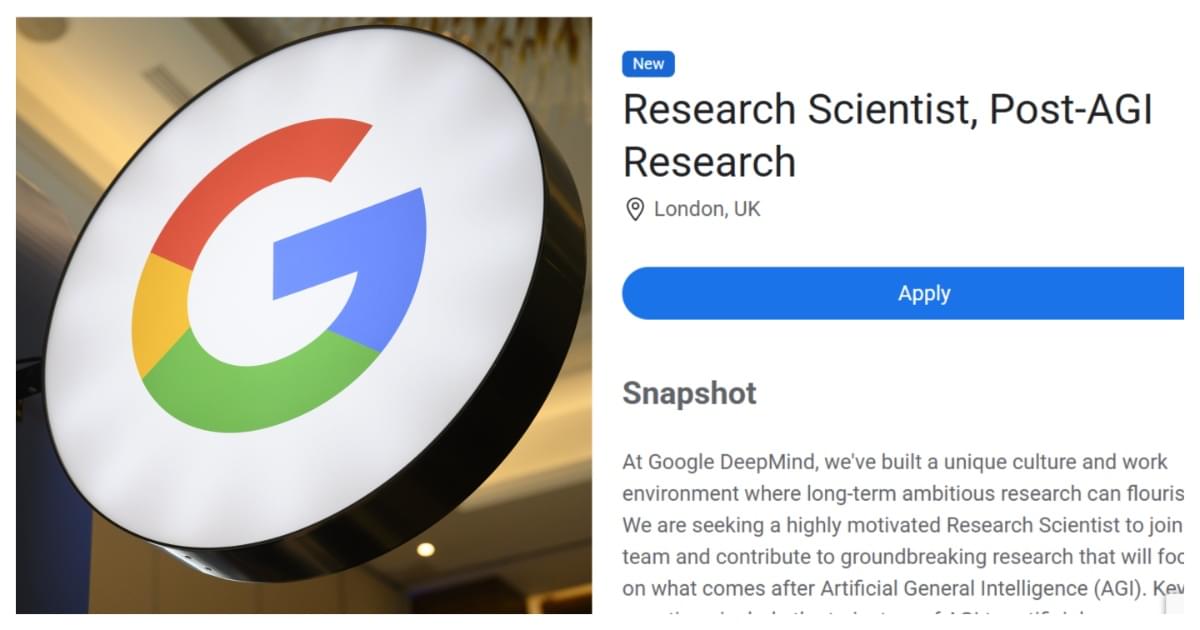Tesla is navigating challenges in the EV market, including supply chain issues and production adjustments, while maintaining optimism about advancements in self-driving technology and preparing for future earnings ## Questions to inspire discussion ## Tesla’s FSD Progress.
🚗 Q: How has Tesla’s FSD version 13 performed in recent tests? A: FSD v13 on hardware 4 showed incredible performance with no unplanned disengagements over 490 miles of winding mountain and coastal roads, including navigating flagger-regulated oncoming traffic.
🌎 Q: What are the expectations for Tesla’s FSD version 14? A: FSD v14 is expected to be overfit for Austin and potentially deployed unsupervised globally in a short timeframe, subject to regulatory approval. Tesla’s Manufacturing and Supply Chain.
🔋 Q: How is Tesla addressing rare earth element concerns in motor production? A: Tesla’s rare earth free motors use 25% less rare earth elements than industry average, positioning them well against China’s export controls on 7 rare earth elements, including neodymium.
📊 Q: What insights might Tesla’s upcoming earnings call provide? A: The April 22nd earnings call will likely address supply chain and margin impacts from China’s rare earth export controls, battery supply constraints, and tariff effects. Tesla’s Product Updates.
📷 Q: What undocumented changes are included in Tesla’s AI4 vehicles spring release? A: The release includes a wider angle rear view, side repeater cameras at the top, and B-pillar dash cam and Sentry mode video recording capabilities.





